The magnificent and massive irrigation structures not only regulate water for irrigation and drainage in agriculture but are also a source of pride for the people of Binh Dinh.
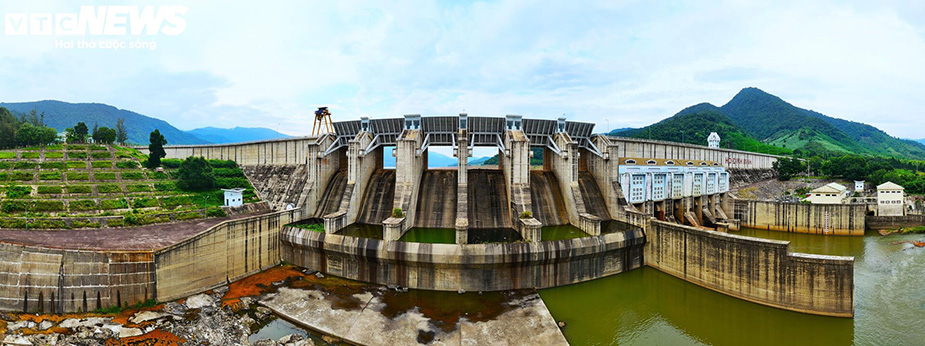
Located about 80 km west of the center of Quy Nhon City, the Dinh Binh reservoir in Vinh Hao commune, Vinh Thanh district, was constructed over seven years (2002-2009) with a total investment of more than 1,089 billion VND.
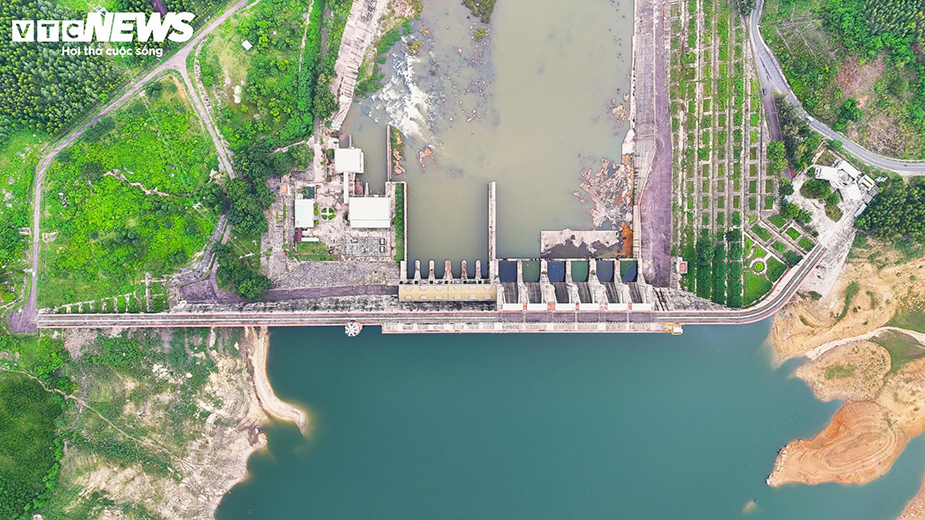
Dinh Binh Reservoir is the first project in Vietnam to use Roller-Compacted Concrete (RCC) technology, with the main feature being a 52.3m-high river-blocking dam, 611.25m long, with a dam crest width of 9m and a crest elevation of 95.55m. The total volume of concrete used was 432,500m3.
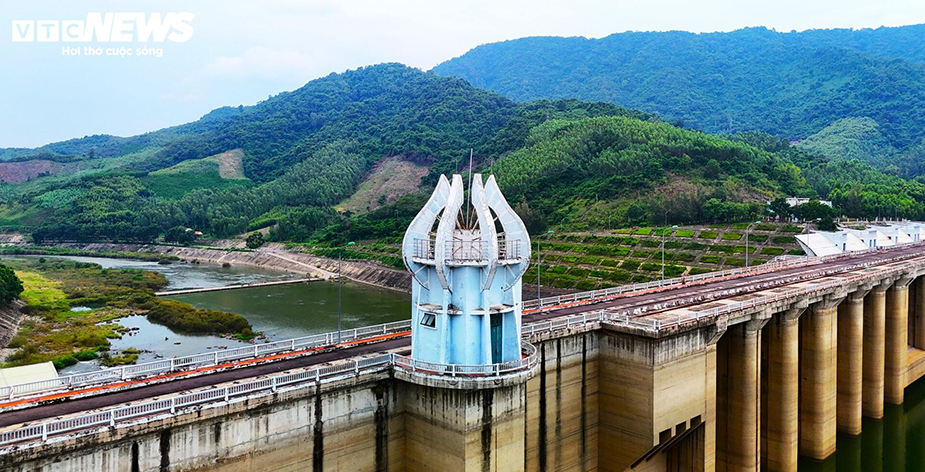
For more than 15 years, the project has continuously provided multi-purpose benefits such as mitigating early, late, and minor floods, as well as reducing the impact of major seasonal floods. Additionally, the reservoir provides irrigation water for 34,000 hectares of agricultural, industrial, and aquacultural land, while also generating electricity with a capacity of 6,000 kW.
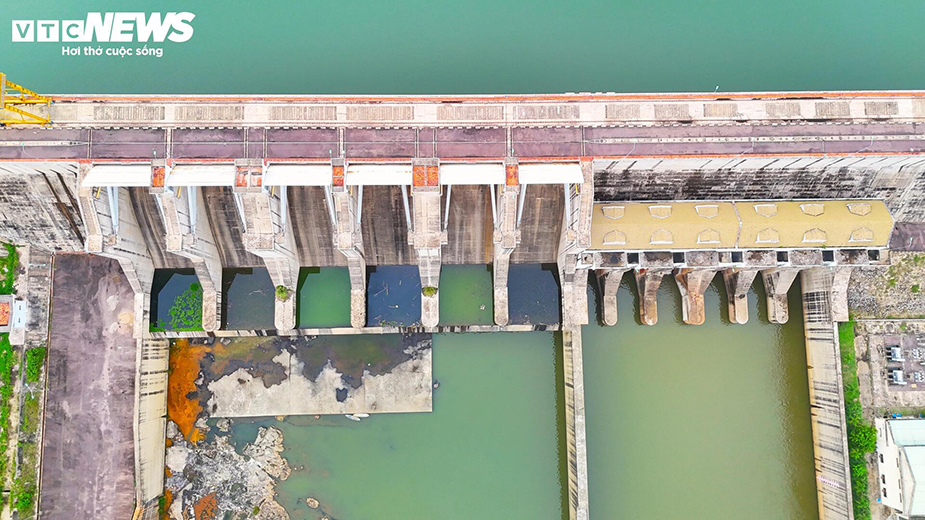
Stretching across the Kon River, the construction of the Dinh Binh Reservoir has alleviated fears of large floods for downstream residents, allowing them to live securely and benefit from the reservoir’s resources.

Recognizing its multi-purpose benefits, the Ministry of Agriculture and Rural Development (MARD) has classified the Dinh Binh reservoir as part of the national strategic irrigation projects.
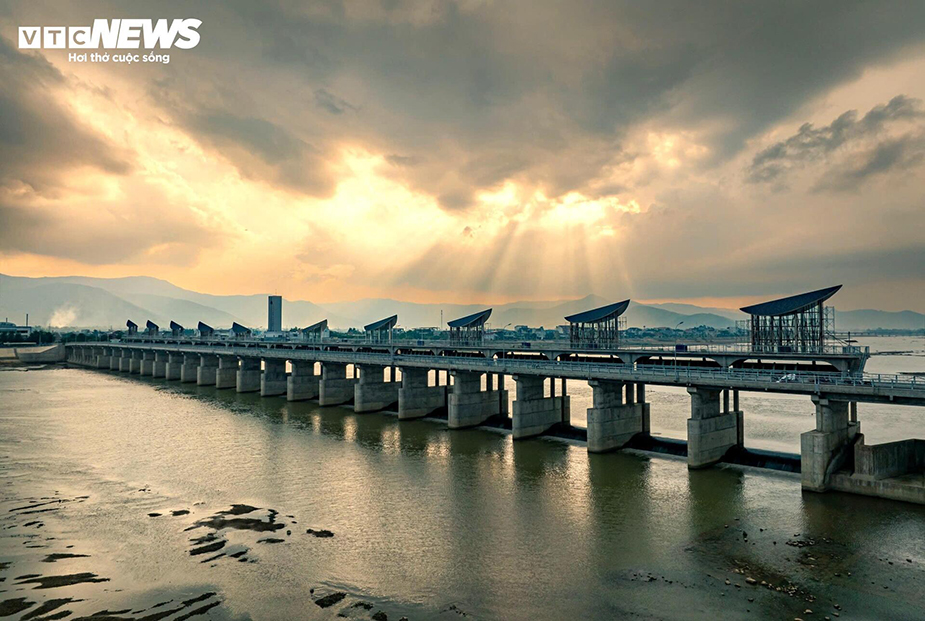
Further downstream along the Kon River, in Tay Son district, the Phu Phong weir is in the final stages of completion, ready for inauguration and use.
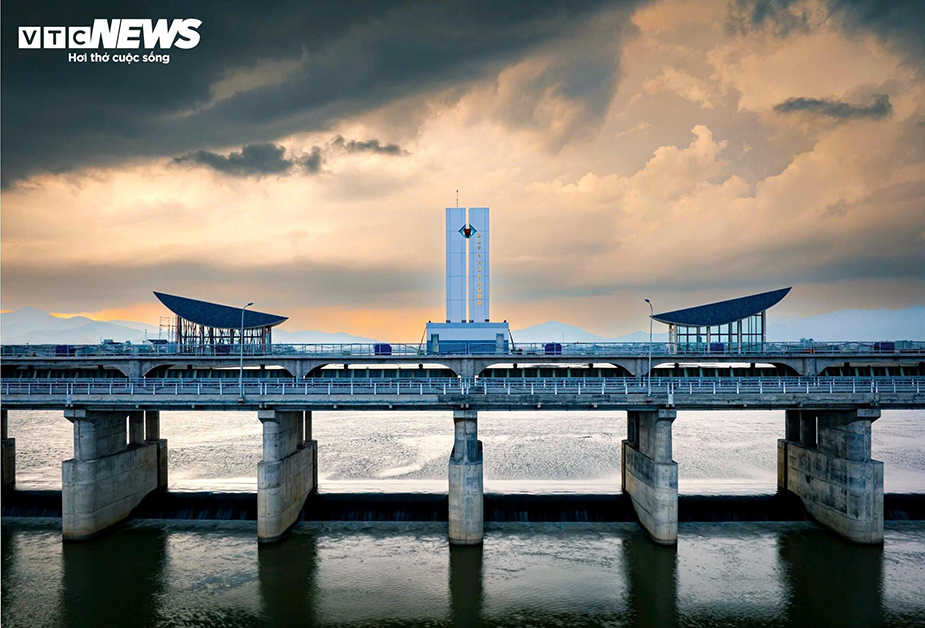
The Phu Phong weir, funded by Binh Dịnh Province’s Department of Agriculture and Rural Development, began construction in February 2022 with a total budget of over 750 billion VND.
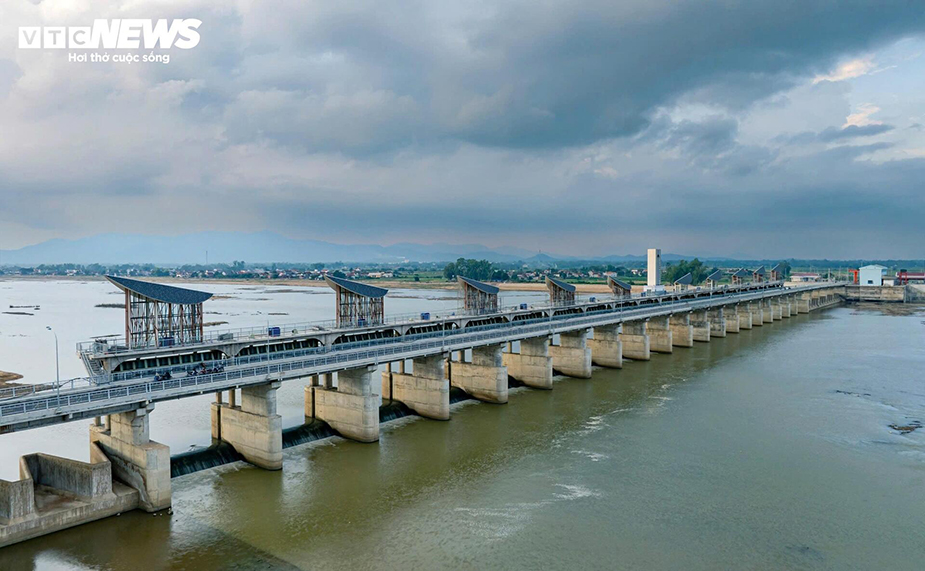
The weir is 590 meters long, featuring 20 deep sluice gates, each 15 meters wide and made of steel, with a gate elevation of 14 meters, aligned with the riverbed. These gates operate only during the rainy season to release floodwater. The free overflow sections on both sides have a Labyrinth design, with a total width of 237 meters and a spillway elevation of 18 meters. The entire system is operated electronically.
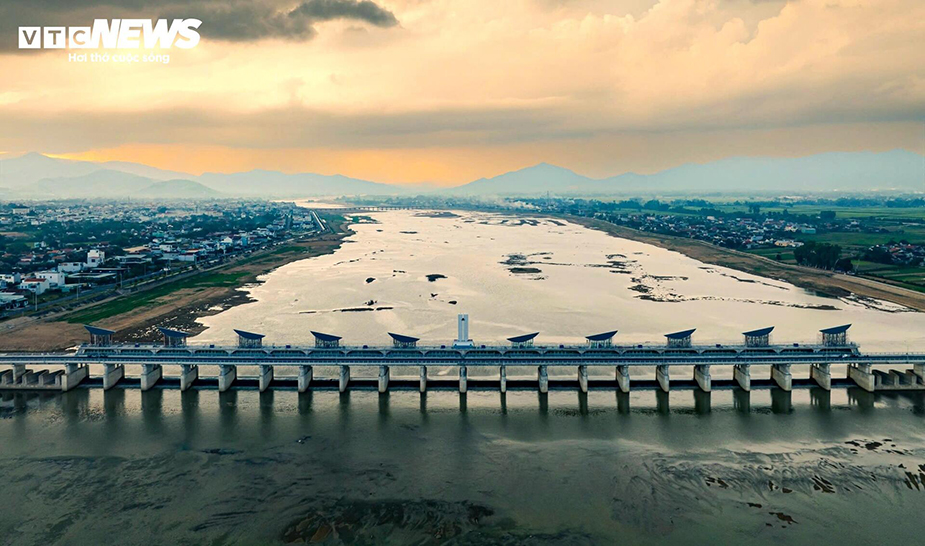
Once completed, the Phu Phong weir will provide consistent irrigation for over 500 hectares of farmland in the southern communes of Tay Son district, which is of utmost importance. Additionally, it will contribute to enhancing the local urban landscape.
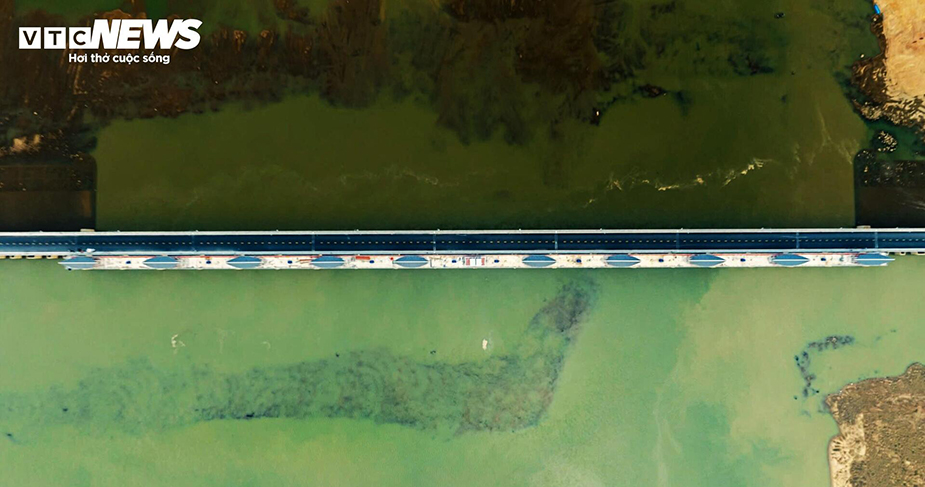
Furthermore, the weir also serves as a 10-meter-wide traffic bridge with 29 spans. This is one of the key transport routes contributing to the local socio-economic development.
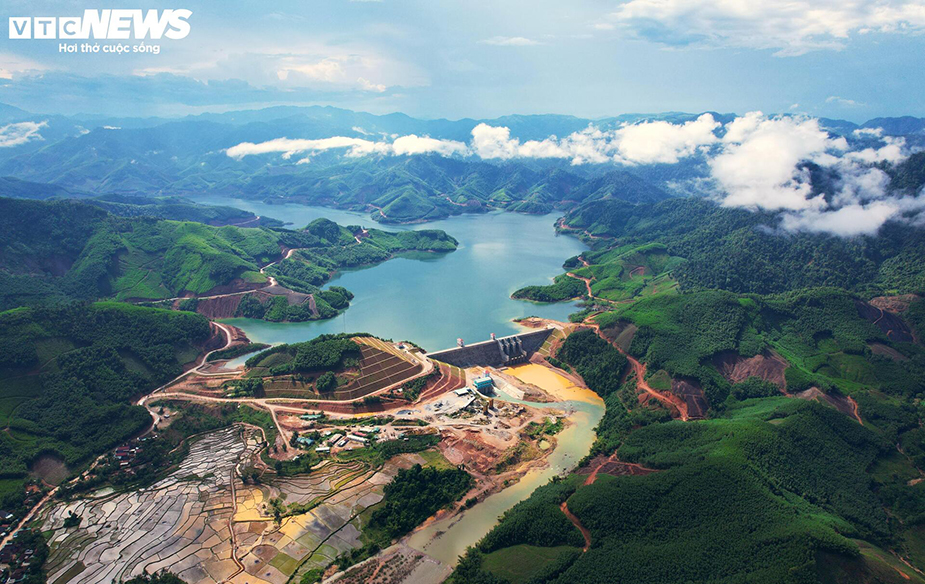
Amid the vast wilderness of An Lao district lies Dong Mit Reservoir, about 130 km northwest of Quy Nhơn City.
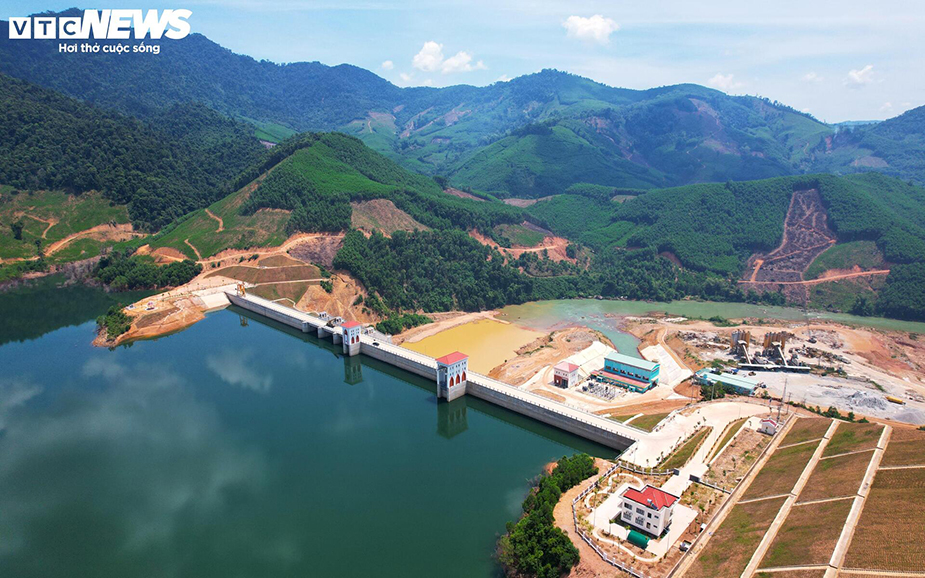
Dong Mit Reservoir, situated along the An Lao River, commenced construction in February 2019 and was inaugurated in February 2023. The project, under the investment of MARD, had a total investment of over 2,140 billion VND.
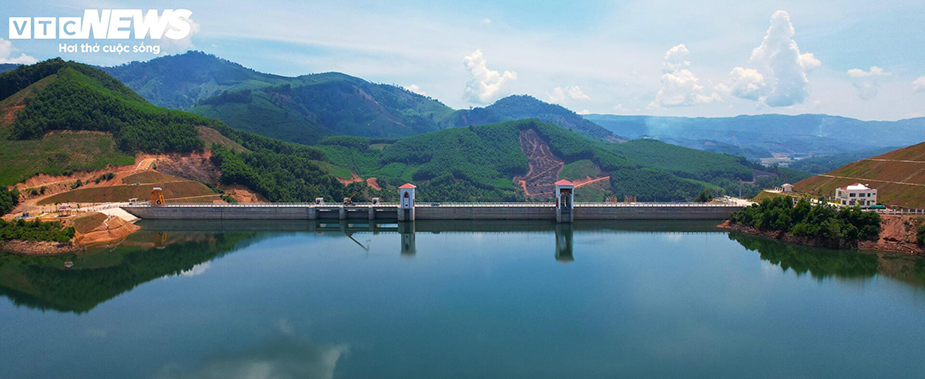
Dong Mit Reservoir has a large storage capacity of up to 89 million cubic meters, with a catchment area of 160.3 square kilometers and a designed capacity of nearly 90 million cubic meters. The main dam, built with Roller-Compacted Concrete technology, is 378 meters long, with a maximum dam height of 62.6 meters. The auxiliary dam is made of homogeneous earth, 126 meters long, with a maximum height of 13.8 meters.
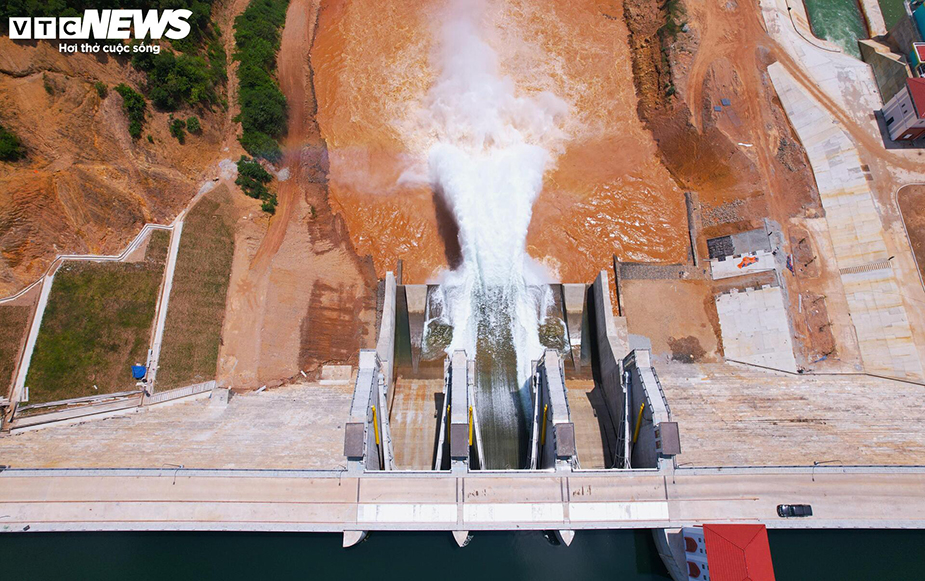
The Dong Mit Reservoir ensures water supply for 276,000 residents, irrigates 6,742 hectares of farmland in the downstream areas of An Lao, Hoai An, and Hoai Nhon towns, as well as the northern part of Phu My district.
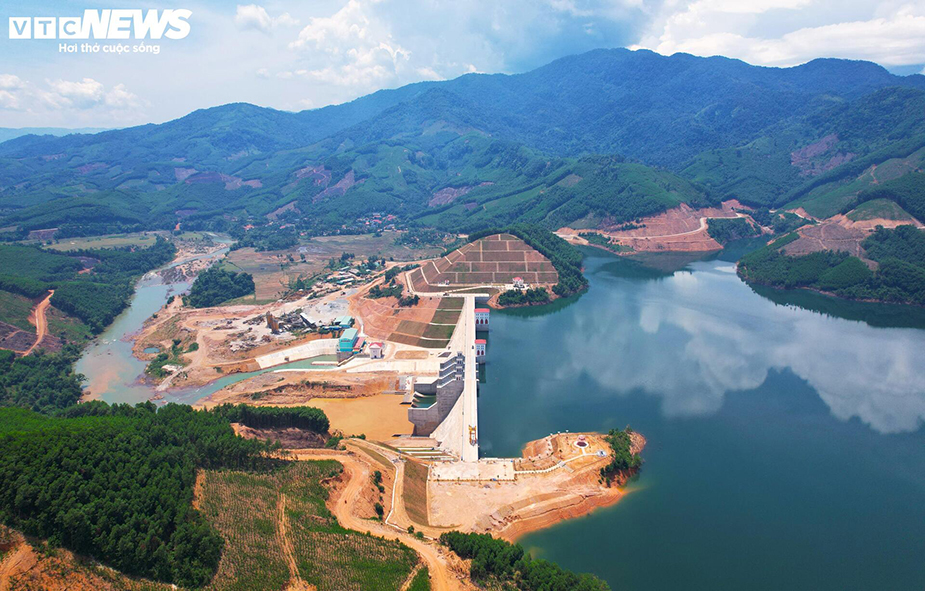
Additionally, the reservoir will supply water for 267 hectares of aquaculture, improve the ecological environment, enhance moisture levels, prevent saltwater intrusion, and reduce floods for the downstream area. It also provides water for 230 hectares of industrial land and includes a hydropower plant with a capacity of 7 MW.
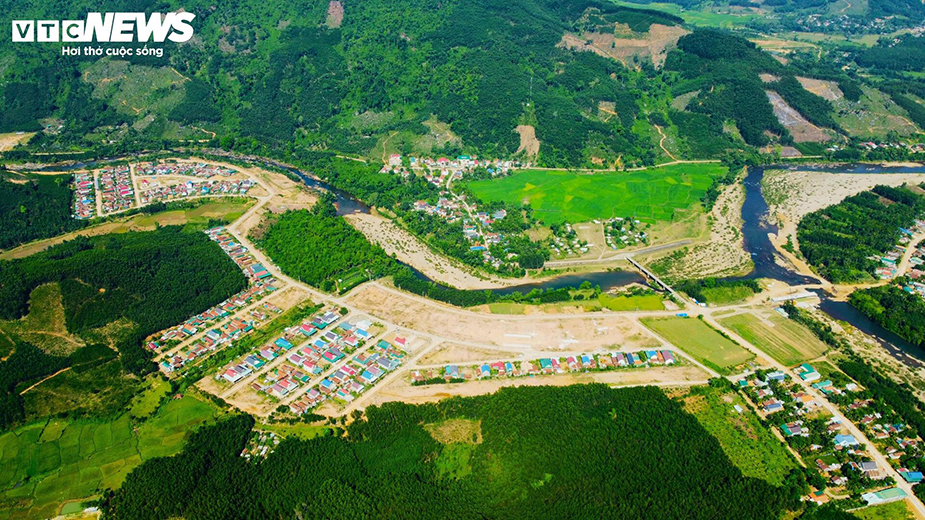
From a bird’s-eye view, the resettlement areas of the Hre ethnic people in An Trung and An Hung communes, covering about 80 hectares, sit peacefully along the branches of the An Lao River. To build the Dong Mit Reservoir, Binh Dinh Province’s People’s Committee worked hard to convince 480 Hre households (1,735 people) from An Dung commune to relocate to this new area.

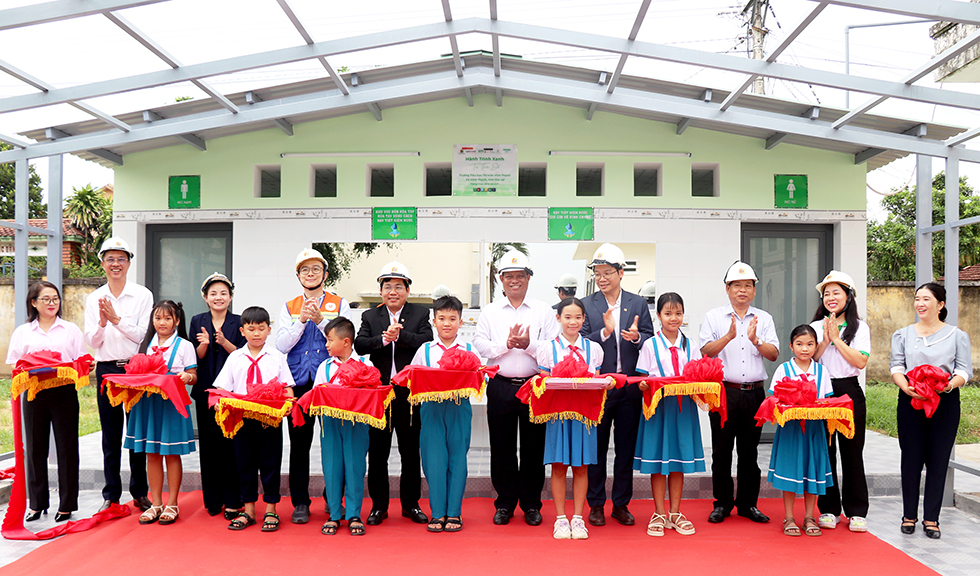
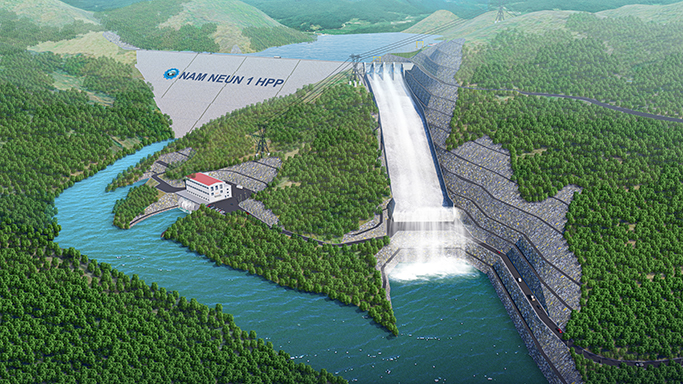
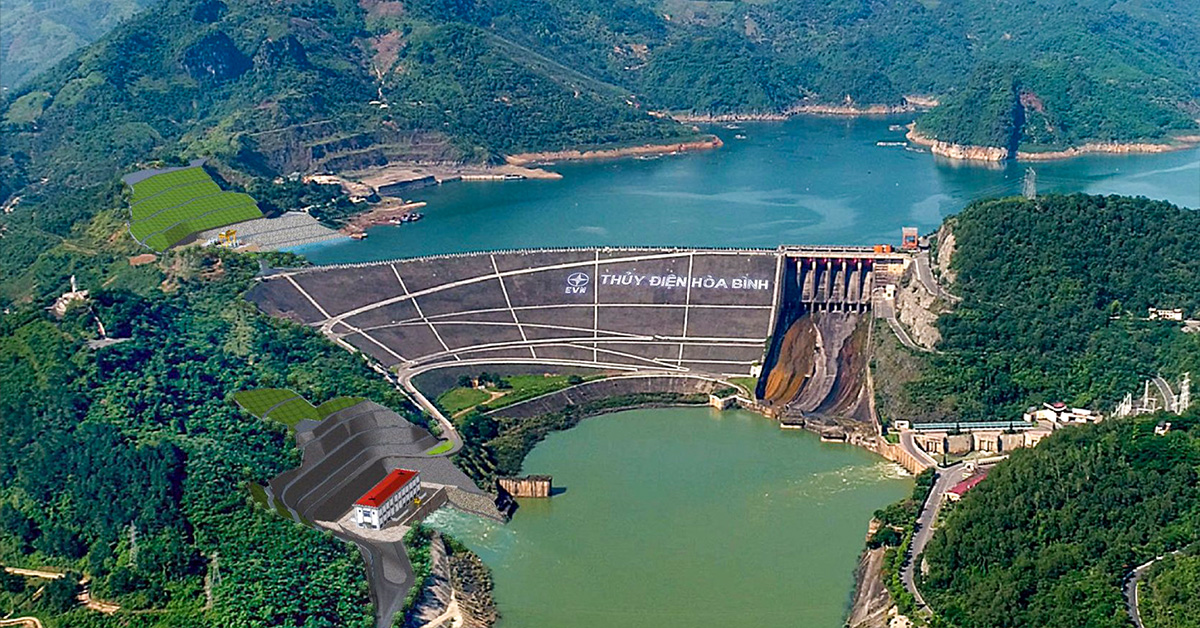
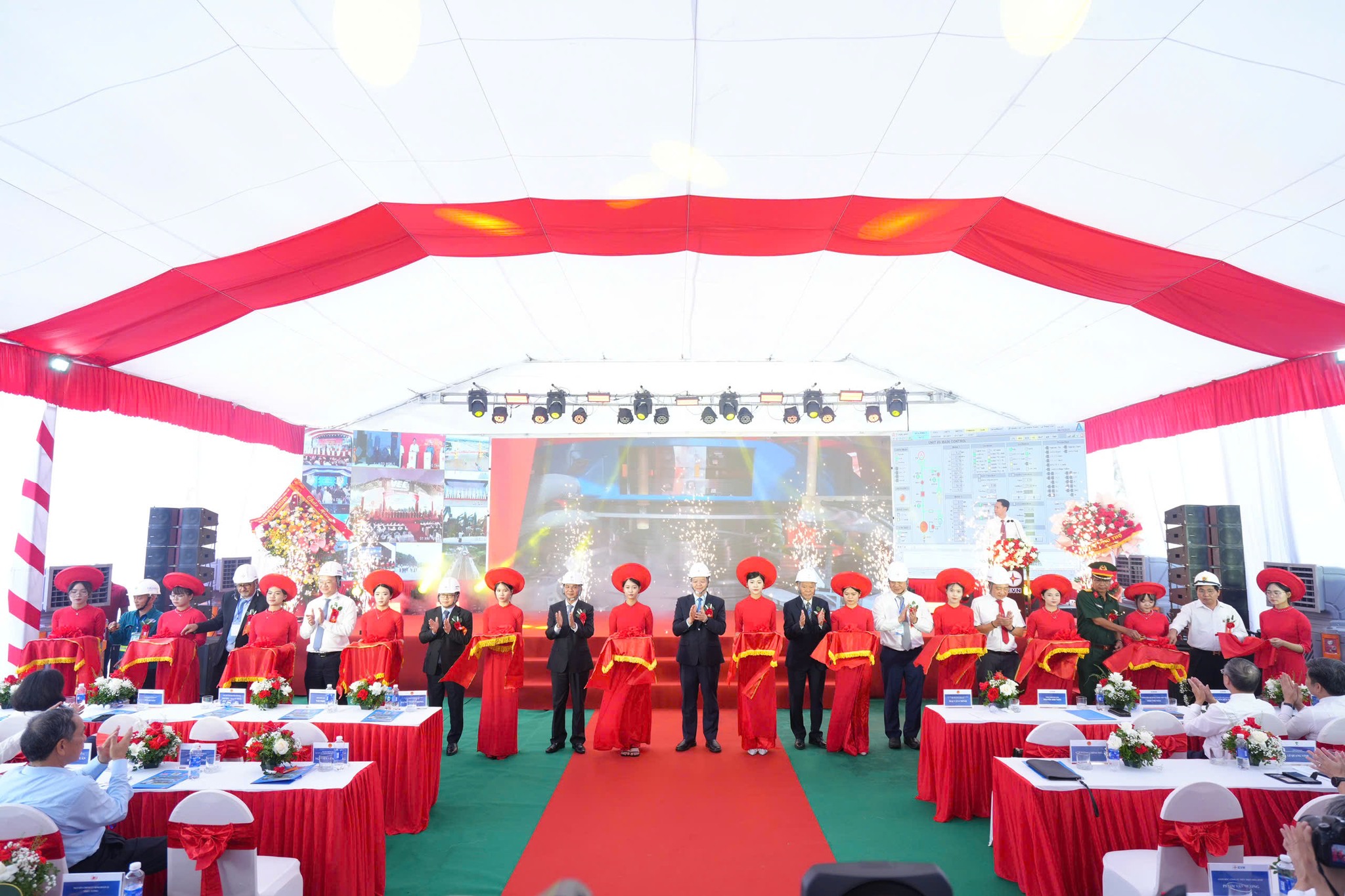
 C47
C47